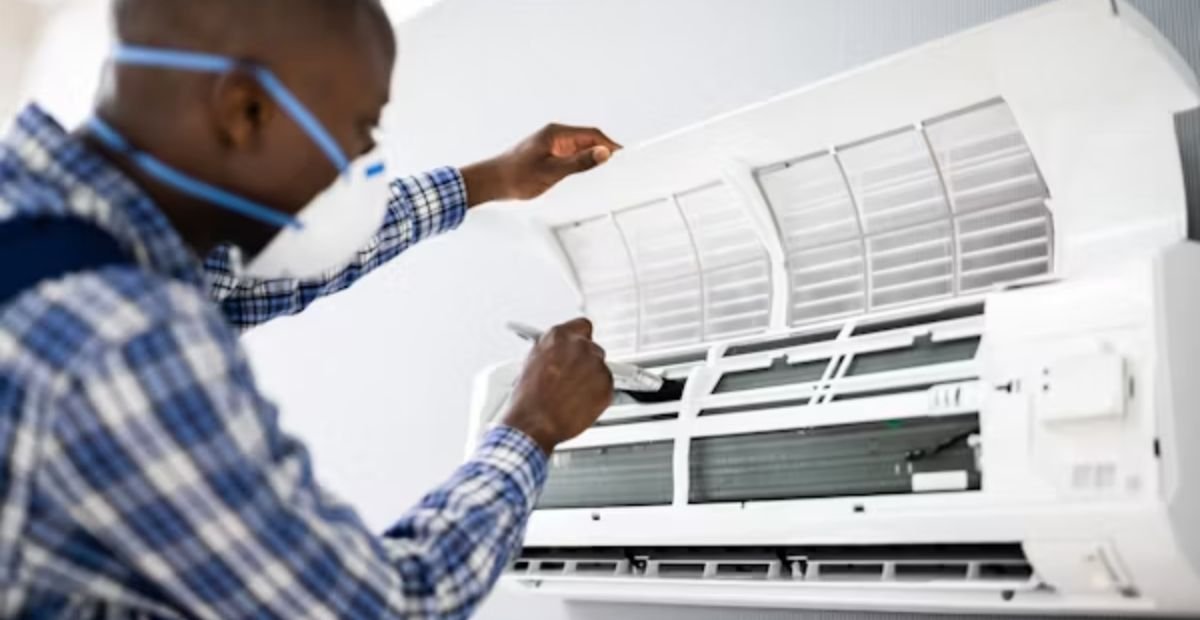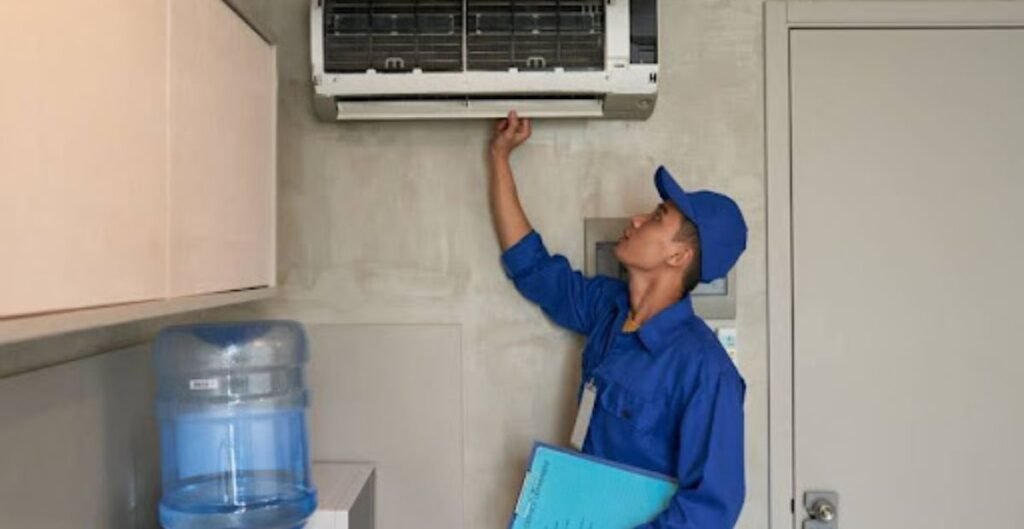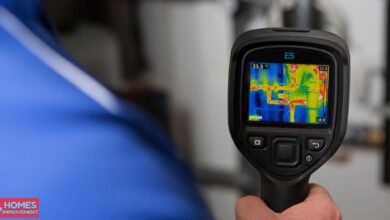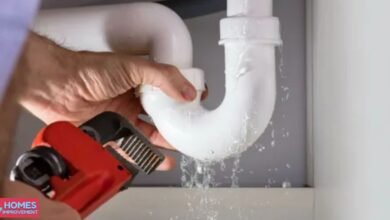How to Prep Your Cooling System for Peak Performance

When the temperatures begin to rise, your cooling system becomes one of the most vital components in your home or business. A well-functioning air conditioning unit not only maintains comfort but also helps reduce energy consumption and prevent costly repairs. The key to a cool, trouble-free summer lies in one simple practice: preparation.
Just as you would service your car before a long journey, your cooling system needs the same care and attention to ensure peak performance. In this guide, we’ll walk you through the essential steps to prep your air conditioning system for high-demand months—maximising efficiency, reliability, and lifespan.
1. Understand the Components of Your Cooling System
Before diving into maintenance, it’s helpful to understand the basic elements of your system. Most residential systems consist of:
- Compressor – the “heart” of the unit that pumps refrigerant through the system.
- Condenser Coils – release absorbed heat from the inside of your home to the outside.
- Evaporator Coils – absorb heat from indoor air.
- Air Filters – trap dust and allergens, improving air quality and protecting your system.
- Thermostat – controls the system based on your settings.
- Ductwork and Vents – distribute cool air throughout the building.
By understanding what each part does, you’ll be better prepared to spot inefficiencies or faults before they become serious issues.
2. Change or Clean Air Filters

One of the most straightforward and impactful maintenance tasks is replacing or cleaning your air filters. Clogged filters restrict airflow, reduce efficiency, and cause your system to work harder than necessary, potentially leading to overheating.
How often? Experts recommend checking your filters once a month during high-use periods and replacing them at least every 1–3 months.
Tip: If you have pets, allergies, or live in a dusty environment, more frequent changes may be needed.
3. Test the Thermostat
A malfunctioning or outdated thermostat can cause inconsistent temperatures and energy waste. Ensure your thermostat is calibrated correctly and responds promptly when adjusted.
Upgrade option: Consider installing a programmable or smart thermostat. These allow for better control over temperature settings, reduce energy bills, and can be controlled remotely via smartphone.
4. Clean the Condenser and Evaporator Coils
Over time, dust and debris can accumulate on the condenser and evaporator coils, reducing their ability to transfer heat. This leads to inefficient operation and higher running costs.
Cleaning steps:
- Turn off the power to the unit.
- Remove debris from the outside condenser unit.
- Gently hose down the coils or use a coil-cleaning spray.
- Check evaporator coils inside for dust or mould—these may require professional cleaning.
5. Consider Professional Maintenance

While many steps can be done on your own, annual professional servicing is strongly recommended. Trained HVAC technicians can:
- Check refrigerant levels and look for leaks
- Inspect electrical connections
- Lubricate moving parts
- Test system controls and safety switches
- Clean internal components more thoroughly
If you’re based in Essex or the surrounding areas, Christy Cooling Services is a trusted name for professional air conditioning maintenance. They provide comprehensive inspections and servicing, helping homeowners and businesses keep their cooling systems in optimal condition all year round. Their skilled team can diagnose and fix small issues before they evolve into costly breakdowns during the heat of summer.
Visit Christy Cooling Services →
6. Inspect and Seal Ductwork
Even the most efficient air conditioning system will underperform if cooled air is leaking out of your ducts. Inspect all accessible ductwork for visible gaps, cracks, or disconnections.
What to do:
- Seal small gaps with foil tape (not duct tape).
- Add insulation around ducts in unconditioned spaces like attics.
- For significant leaks, consider a professional duct sealing service.
Leaky ducts can reduce system efficiency by up to 30%, making this step essential.
7. Clear the Area Around the Outdoor Unit
Your outdoor unit needs space to breathe. Obstructions like tall grass, leaves, or debris can block airflow and put unnecessary strain on the system.
Checklist:
- Trim back shrubs and plants at least 2 feet from all sides of the unit.
- Remove debris such as leaves, twigs, or grass clippings.
- Make sure the unit is level to ensure proper drainage and compressor function.
8. Run a System Test
After cleaning and checking the main components, it’s time to run a full system test:
- Set the thermostat to cooling mode.
- Listen for strange noises or vibrations.
- Check airflow from vents to ensure it’s strong and consistent.
- Monitor how long it takes to cool the room or property.
- Note any unusual odours or excess humidity.
This test run can help catch issues early, while there’s still time to fix them before peak season.
9. Plan Ahead for Replacement
If your cooling system is over 10–15 years old and showing signs of wear—even after maintenance—it might be time to consider an upgrade. Modern systems are significantly more energy-efficient and environmentally friendly.
Watch for these signs:
- Frequent repairs
- Unusual noises
- Inconsistent cooling
- Rising energy bills
- Outdated refrigerant (e.g., R-22)
Planning a replacement before a full breakdown gives you time to shop smartly and avoid emergency fees.
10. Bonus Tips for Peak Efficiency
Here are some additional ways to support your cooling system’s performance:
- Use ceiling fans to improve air circulation.
- Close blinds or curtains during the hottest part of the day.
- Avoid heat-producing appliances (like ovens or dryers) during peak hours.
- Set temperatures wisely—the ideal indoor temp is around 22–24°C (72–75°F).
- Schedule maintenance early in the season to avoid long waits and high fees.
Conclusion
Prepping your cooling system for peak performance doesn’t have to be complicated—but it does require a proactive mindset. By following the steps outlined above, you can ensure your system runs smoothly, efficiently, and reliably, even during the hottest months.
Routine maintenance not only extends the lifespan of your equipment but also saves energy and reduces the risk of emergency repairs. Whether you’re managing a small flat, a family home, or a commercial space, proper preparation can make all the difference.
And remember, for expert care and servicing in Essex and beyond, companies like Christy Cooling Services are always ready to help you stay cool under pressure.
If you need more information, click on this link.




